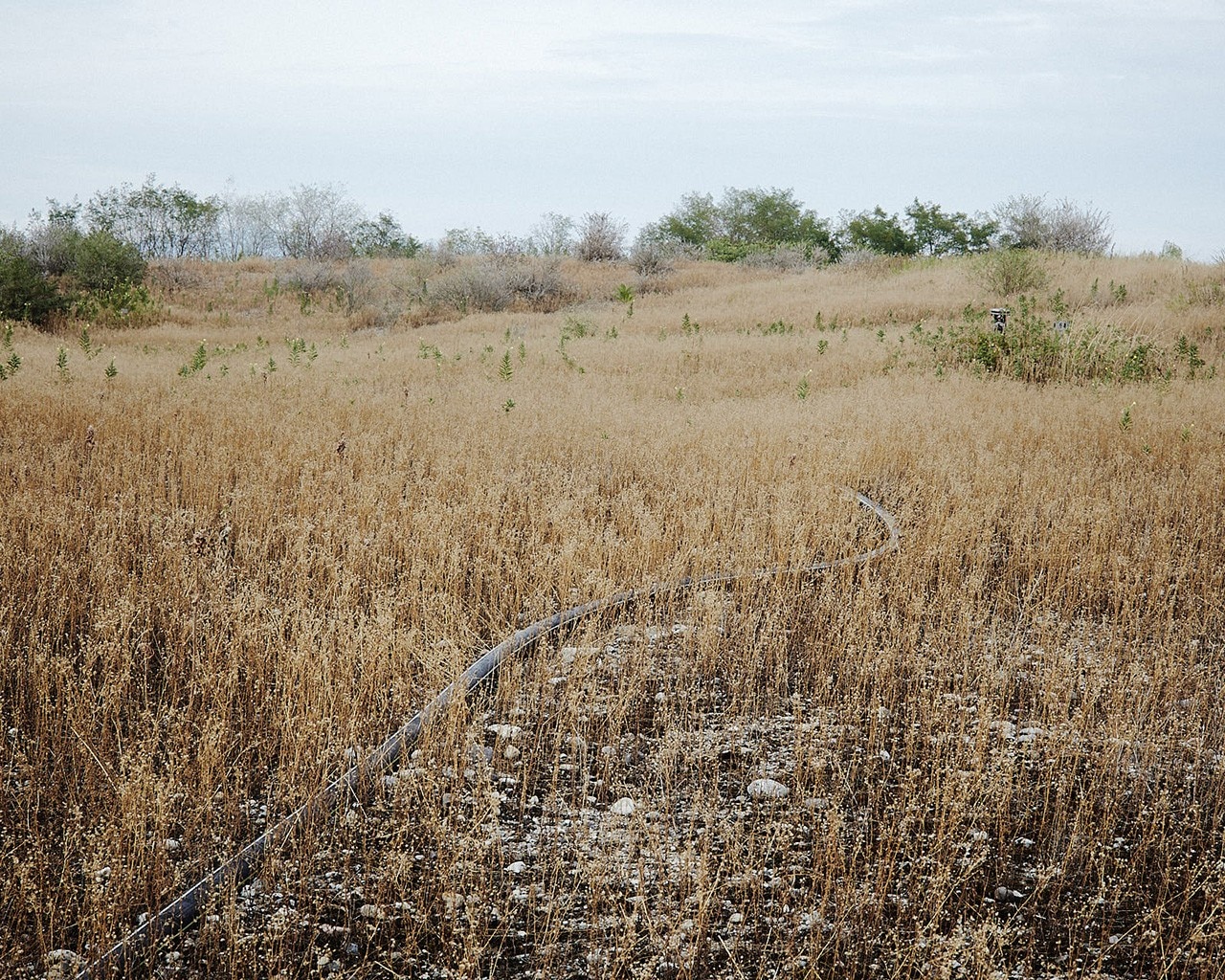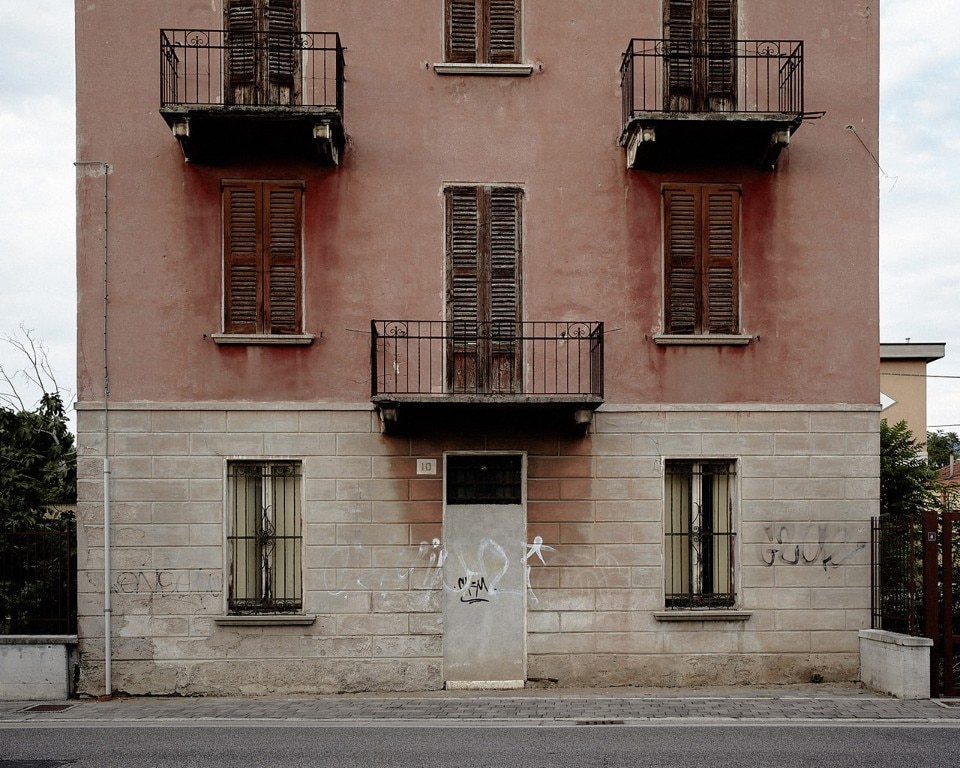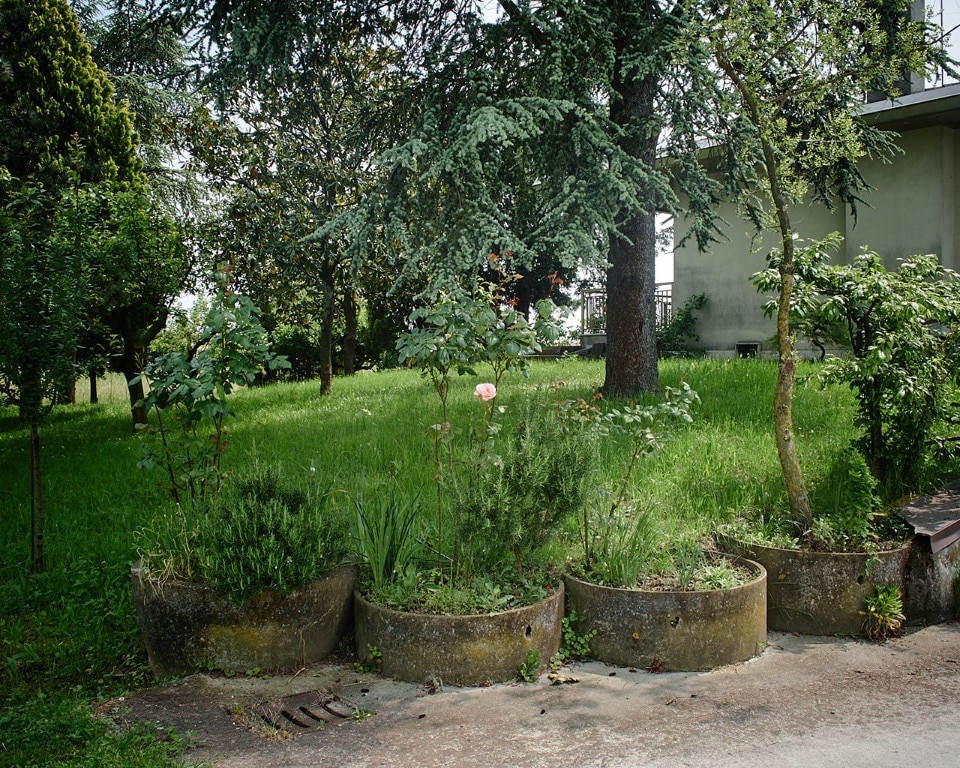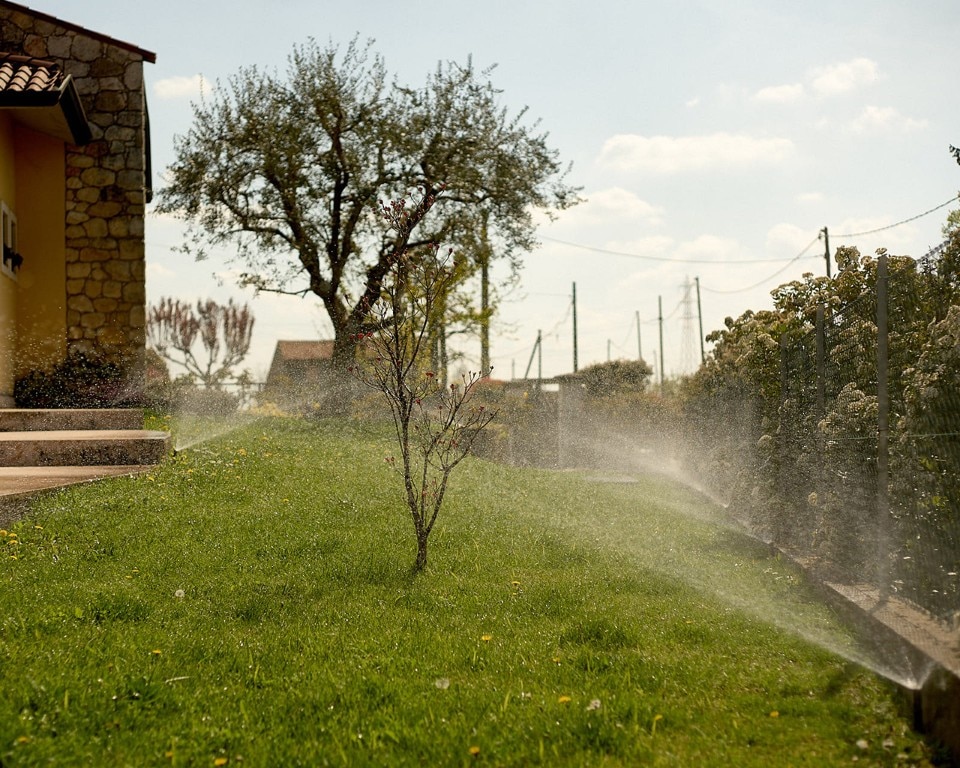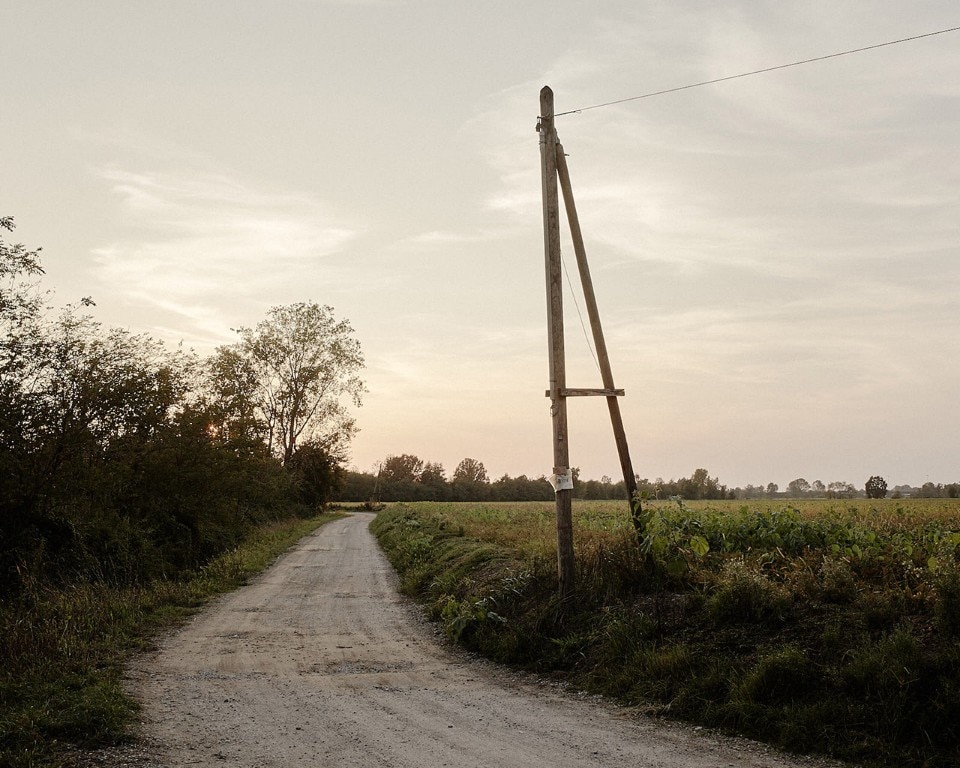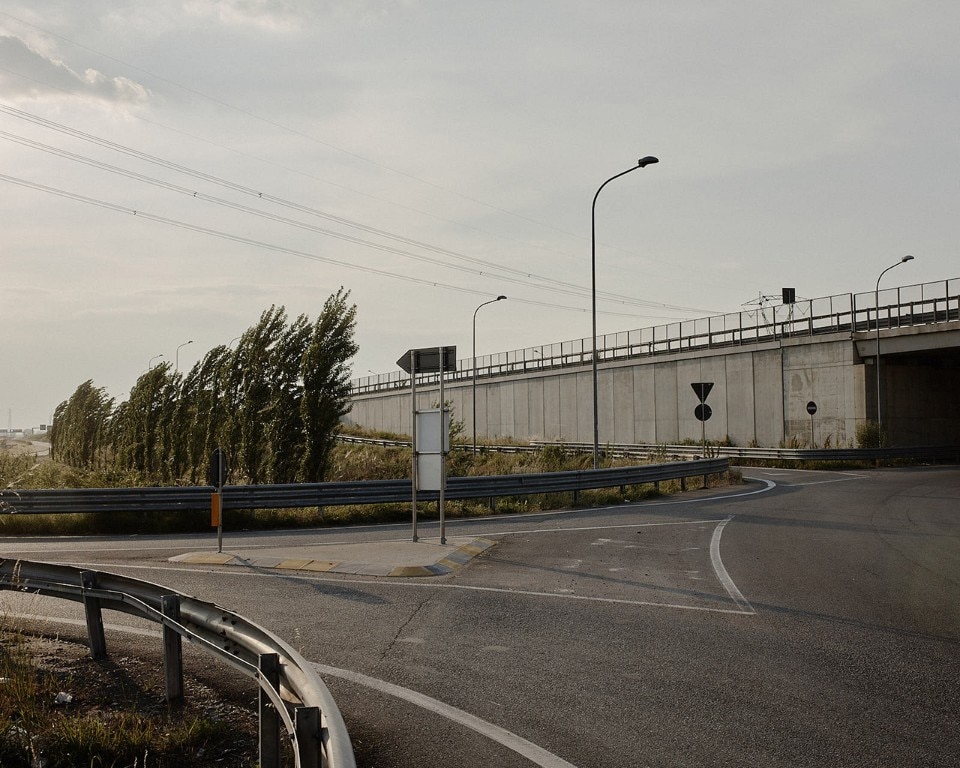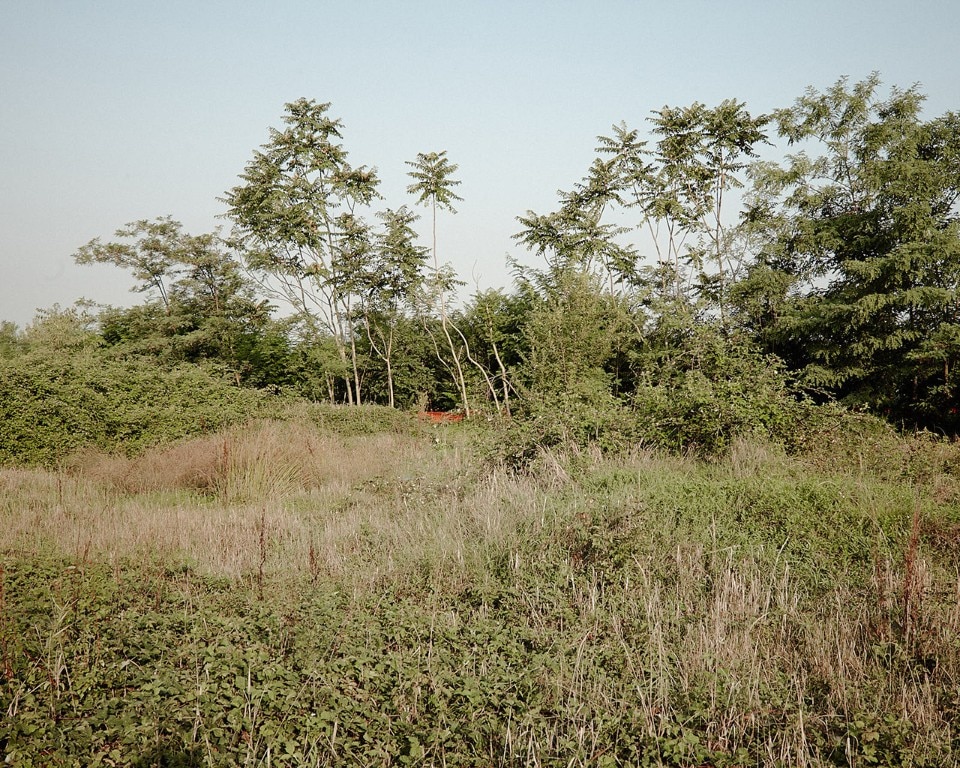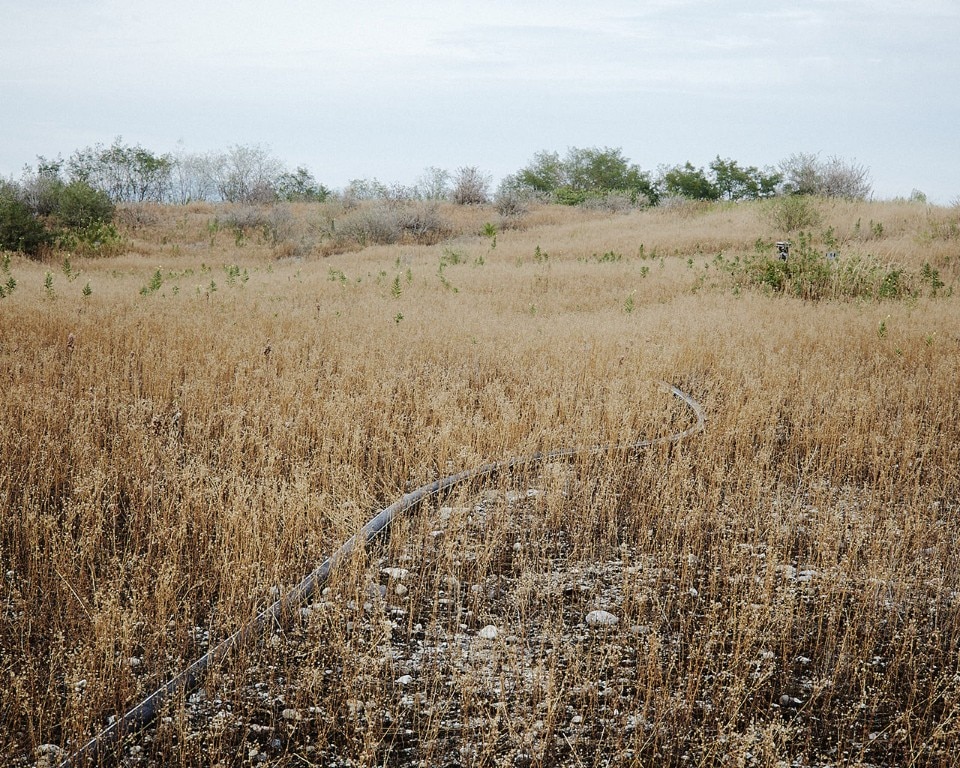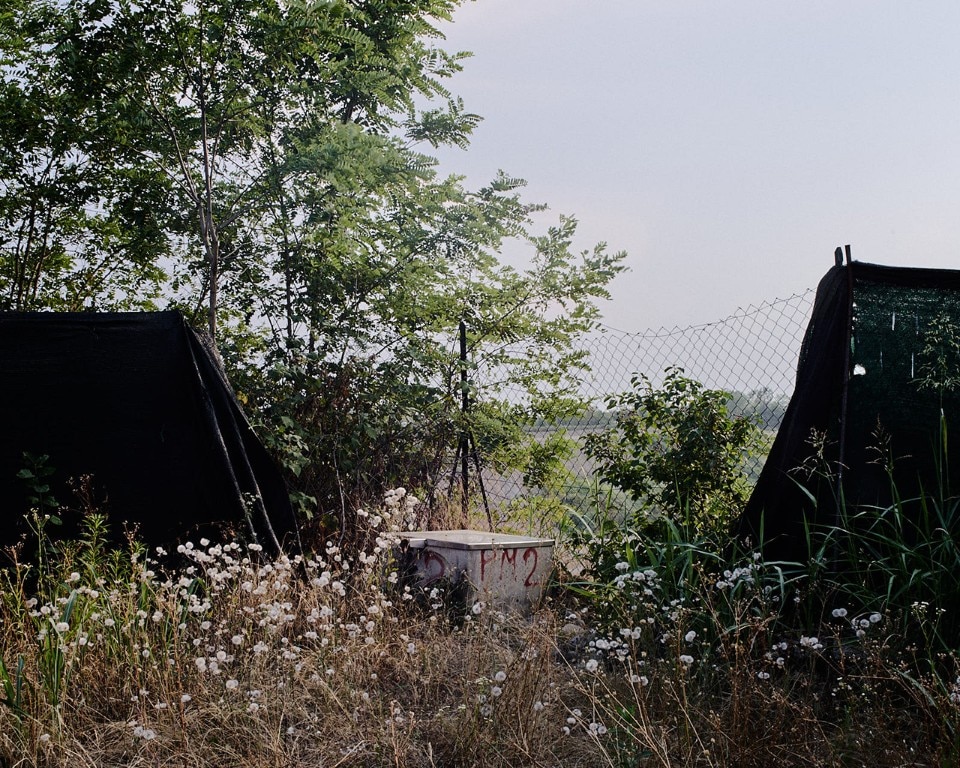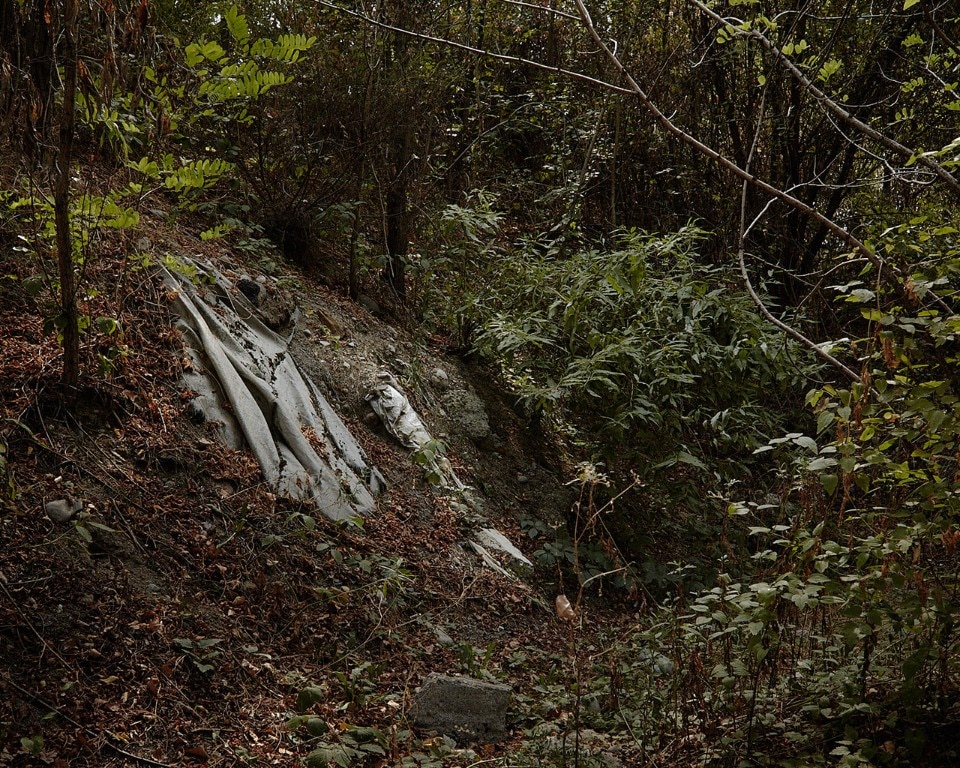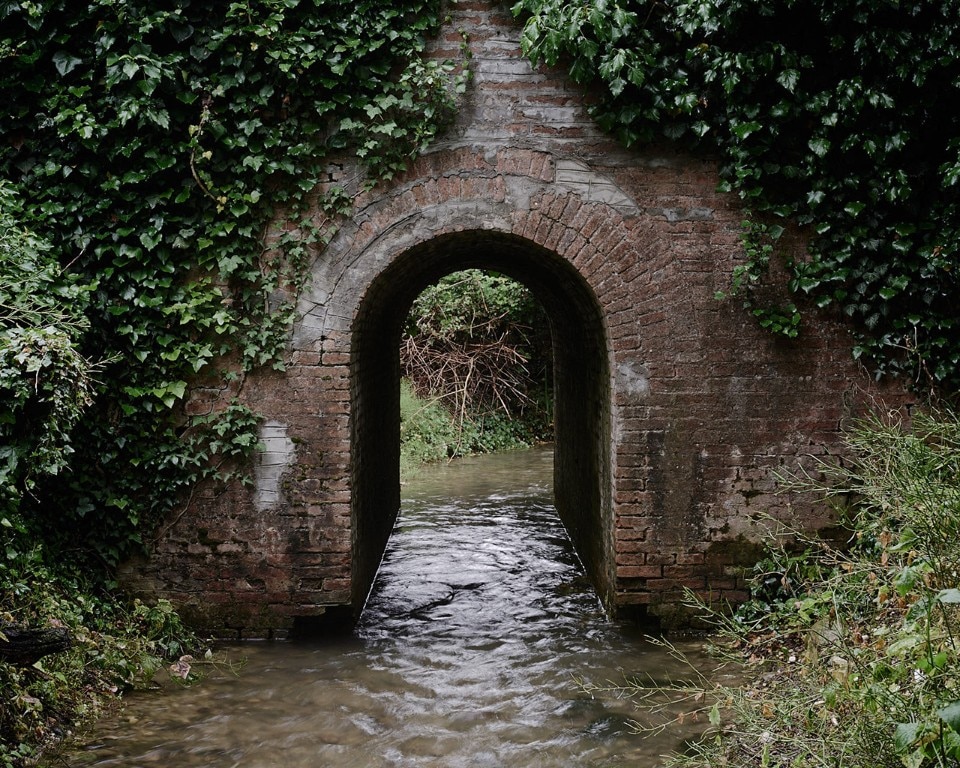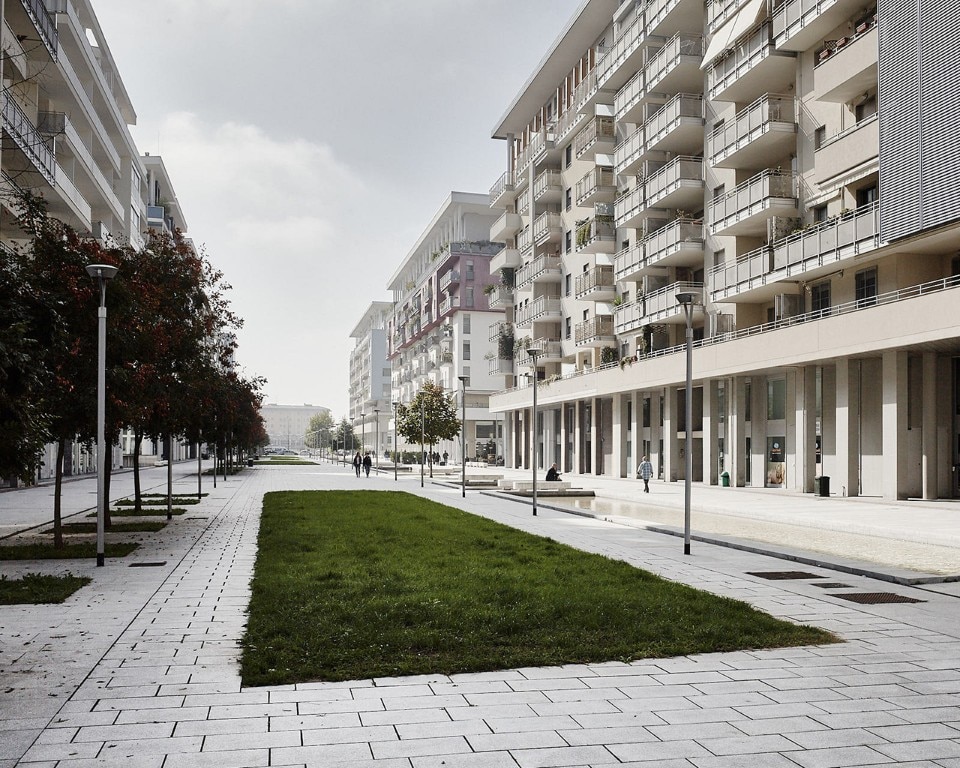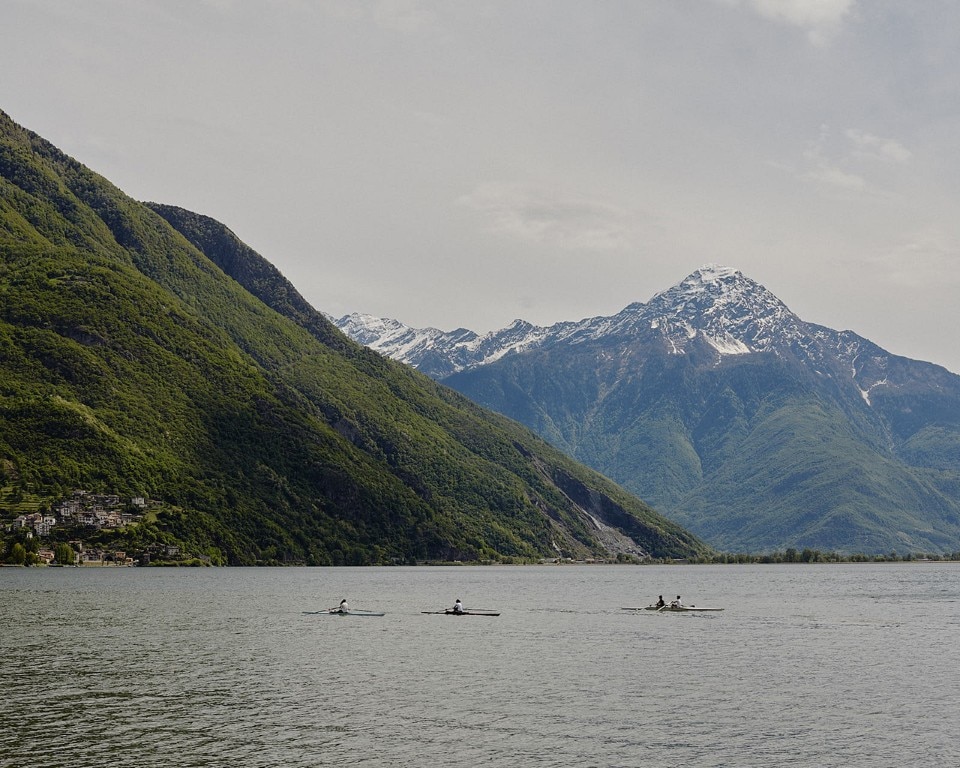During the last five years photographer Luca Quagliato has been travelling along the A4 highway from Turin to Venice, passing by Milan, to carry on an important and very complex work. How to show what is not visible? This is the question most of his photographs try to give an answer to, an answer that’s aesthetic only in so far as it is also confronted with an ethic task.
What you don’t see is in fact present in all his images, even though in many cases it’s hidden beneath the surface: it becomes the subject of each photo just by not displaying itself. And this is because La Terra di Sotto (Underland) — the series evocative title — is the area in the hardworking North that Italy hides to its own eyes, the part of Padana Plain contaminated by the waste of a century long industrial production.
Armed with a full frame camera and a tilt–shift lens, but above all with the doubting and the guts that makes every photographer a potential detective, Quagliato has went through an apparently still and silent but actually adverse and riotus landscape, focusing on historical cases as well as highly relevant news: from the asbestos mines near Turin to the petrochemical complexes in the Venice lagoon, from the chemical legacy of Caffaro in Brescia to the complex balance of the neighboroods built over illegal dumps such as Santa Giulia in Milan.
Quagliato’s photographs, solid structured and high–impact vedutas, move between the sheer force of showing and the never excessive need of proving: the strongest and most shoking ones are those where evidence exceeds imagination, while the ones that share the aeshetic of the american New Topographics—a Robert Adams in color comes to mind—turn out to be the most intriguing and unexpected.
In 2020 La Terra di Sotto will be a book, now in pre–sale, published by Penisola Edizioni with the collaboration of Urbanautica Institute. To contribute to its outcome is the participation of investigative journalist Luca Rinaldi, a member of IRPI (Investigative Reporting Project Italy) who has been dealing for some times with environmental crimes, the infographics of cartographer Massimo Cingotti and landscape architecture researcher Matteo Aimini, and the layout curated by Roberta Donatini.
Looking at these photographs won’t be easy, but it is important to understand that the Waste Century, as Rinaldi calls it, is simply not over: its effects are still here, just beneath our feet.


